By Eric Vandenbroeck and co-workers
The Israel
Defense Forces henceforth IDF says displaced can return to
northern Gaza next week if Hamas upholds ceasefire.
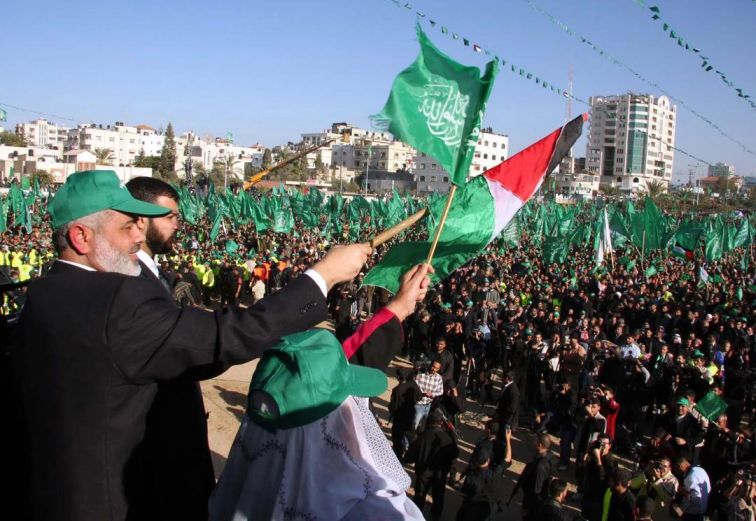
Following Hamas
leader, Sinwar's death, it emerged that Hamas
would be led by a five-member committee until a new leader was elected. The
committee was to include al-Hayya, Meshaal, Zaher Jabarin, Muhammad Darwish,
head of the Shura Council, and a fifth individual whose identity was undisclosed.
But this didn't help
anything in reference to the hostages. In fact session of the Knesset
Constitution, Law and Justice Committee is briefly suspended after family
members of hostages being held captive in Gaza threaten to sabotage the
hearing.
They were protesting
the recently signed hostage-prisoner release deal since their loved ones were
not included in the first stage of the agreement.
How Matters Unfolded
Five armed
Palestinian groups joined Hamas in the deadly 7 October attack on Israel after training together in military-style exercises from
2020 onwards.
Hamas acquired its
military capabilities through years of fighting experience, training, Iranian tutelage, and resource accumulation. It
learned to adapt irregular and terrorist tactics for conventional warfare. I
trace the development of Hamas’s conventional warfighting capabilities and
place it within a larger pattern of armed nonstate actors seeking to form
armies. Because Hamas is now clearly an army, and not only a terrorist group,
the ongoing IDF conventional campaign against it must continue until the group
can no longer control territory.
This is not to say
that Hamas follows international law, nor that it possesses state-of-the-art
equipment. None of these is true of Hamas: it does not have tanks, aircraft, or
warships. Its members do not all wear distinguishable uniforms, and they certainly
do not adhere to the law of armed conflict. Rather, like many nonstate actors
seeking control over territory, the group has developed an, albeit limited,
capability to dispute, seize, and hold territory openly, which is the key
method of conventional warfare. The fact that it is a nonstate actor with no
regard for international norms should not obscure
this important truth.
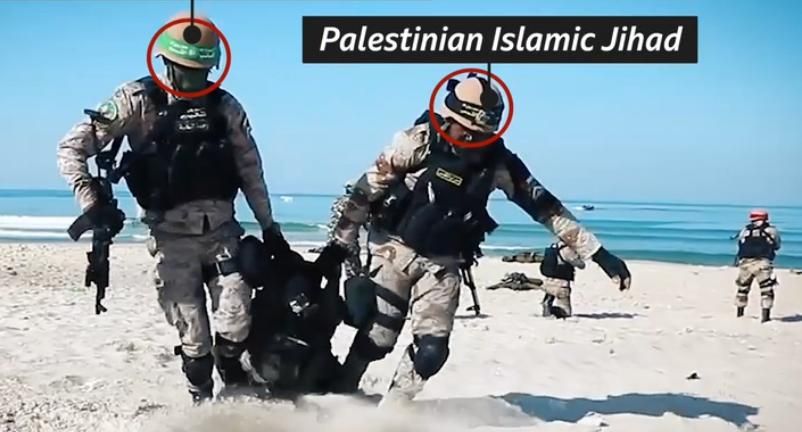
The Israel-Hamas
conflict has caused untold devastation to the more than two million Gazans
that Hamas claims to represent and has all but destroyed Hamas’s governance
project in the strip. It is worth asking two basic questions: What are Hamas’s
goals? And what is its strategy for achieving them?
With its heinous 7 October assault on Israel, Hamas sought
to put itself and the Palestinian issue back at the center of the international
agenda, even if that meant destroying much of Gaza itself. The attack was also
meant to thwart a possible normalization pact between Israel and Saudi Arabia
that would promote Palestinian moderates and sideline Hamas. of the sole
burden of governing the Gaza Strip, which had become an impediment to achieving
the group’s goal of destroying Israel. And as talks hosted by China in
early May between Hamas and Fatah officials have underscored, the
Hamas leadership is also trying to jump-start a process of reconciliation with
Fatah and the Palestinian Authority (PA), which Fatah controls, despite years
of fierce hostility between the two groups.
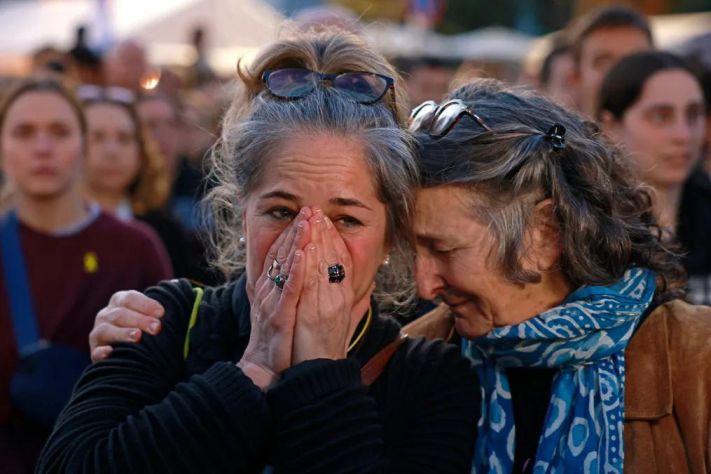
Those goals, in turn, serve a deeper
purpose. In seeking to force a new governance structure on Gaza and to
refashion the Palestine Liberation Organization (PLO) in its image, Hamas hopes
to impose a Hezbollah model on the territory. Like Hezbollah, the heavily
armed, Iranian-backed Shiite militant movement in Lebanon, Hamas wants a future
in which it is both a part of and apart from, whatever Palestinian governance
structure next emerges in Gaza. That way, as with Hezbollah in Lebanon, it
hopes to wield political and military dominance in Gaza and ultimately the West
Bank without bearing any of the accountability that comes from ruling alone. To
understand this larger Hamas project and its important implications for Israel
and the region, it is necessary to examine the evolution of Hamas in the years
leading up to the October 7 attack and what Hamas hoped to achieve by murdering
and kidnapping scores of Israeli civilians.
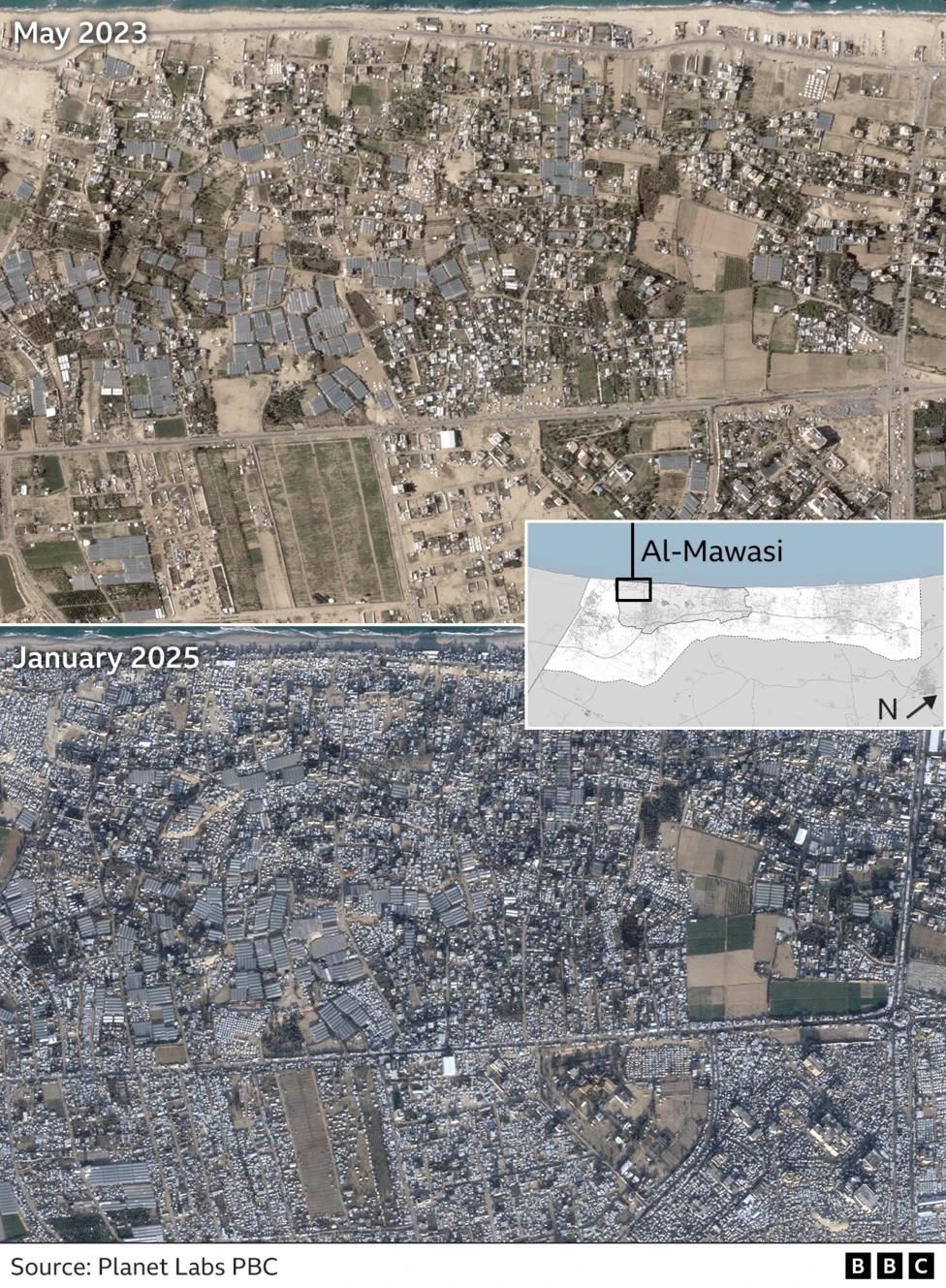
Israel has repeatedly
denied targeting Gaza’s civilian infrastructure without military justification,
saying Hamas and other terror groups routinely base their operations in
civilian sites including schools, hospitals, homes and mosques. It says it has
no choice but to strike such sites when they are used for military purposes as
it pursues its war aim of toppling Hamas.
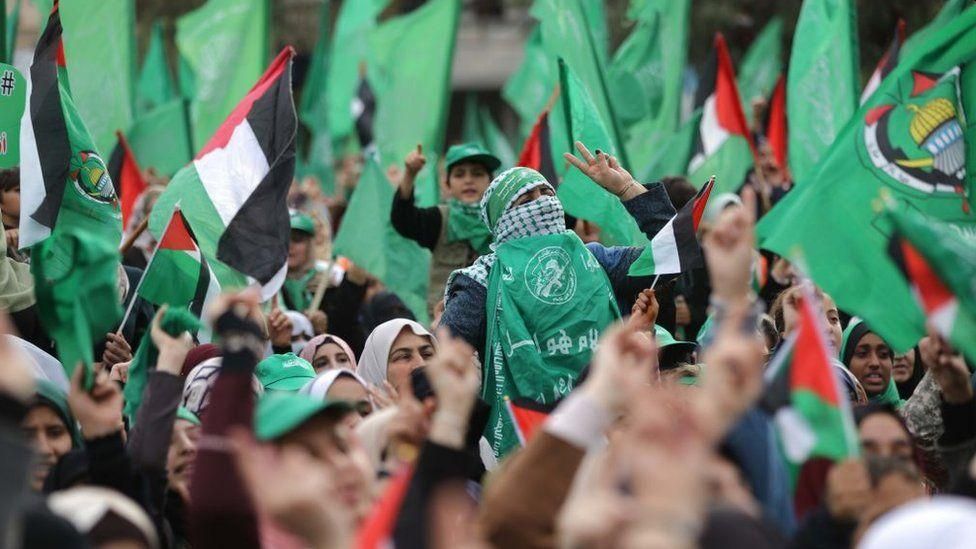
As has been widely noted, Israeli security officials
were caught completely off guard by Hamas’s shocking
October 7 attack, a lapse
that allowed the rampage to go on for hours before Israeli forces could regain
control. But the Israelis were not the only ones unprepared. So, too, were
Hamas’s allies, including its chief patron, Iran. As Iran and other members of
its so-called axis of resistance made clear, Hamas had failed to seek approval
for, or give them prior notice of, its plans.
Indicating these were
not accidents Iranian officials decided they
could ill afford to let Hamas struggle for itself, particularly once Israel’s
devastating military campaign in the Gaza Strip began to spark outrage across
the Middle East. Still, they were wary of provoking a wider war. As a result,
Iran, through its axis clients, including Hezbollah in Lebanon, the Houthis in
Yemen, and Shiite militias in Iraq and Syria, has tried to walk a fine line
between responding to the demand for action and preventing axis responses to
the Israeli offensive from spinning out of control. In essence, by acting
without coordination with its ostensible overlord, Hamas precipitated a
dangerous crisis that has threatened to engulf Tehran as well.
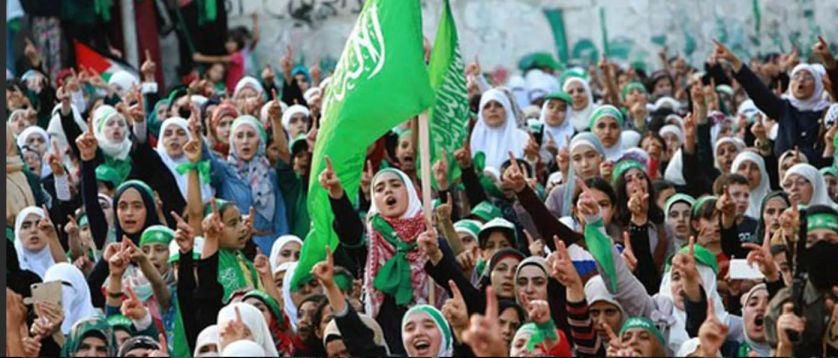
The Good News Is
After 254 people (including
children), were abducted by Hamas from Israel to
the Gaza Strip where they were held underground. Yesterday 3 Israeli women in exchange for 90
Palestinian prisoners were let go and arrived back in Israel
today. Day two of the Israel-Hamas ceasefire to be followed by the release of more
hostages.
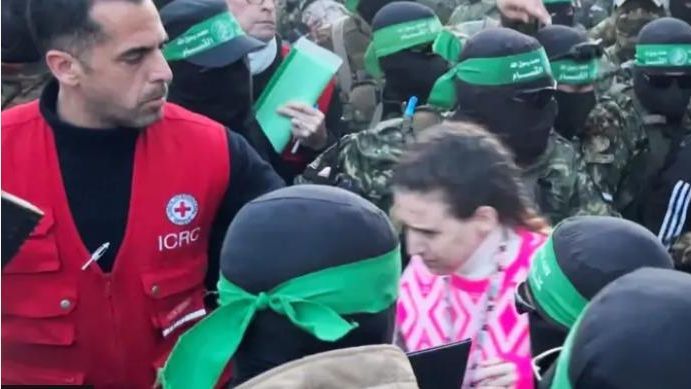
Hamas official Taher
al-Nunu tells AFP that four Israeli women hostages will be freed in return
for Palestinian prisoners on Saturday, in the second such release under a
ceasefire deal. Nunu says Hamas would release “four Israeli female detainees in
exchange” for a second group of Palestinian prisoners. He does not name them.
There are seven
female hostages remaining from the original list of 33 to be released in the
first phase of the hostage ceasefire deal. Nunu says Hamas would release
“four Israeli female detainees in exchange” for a second group of Palestinian
prisoners. He does not name them.
There are seven
female hostages remaining from the original list of 33 to be released in the
first phase of the hostage ceasefire deal: Arbel Yehud,
29; Shiri Silberman Bibas, 33; Liri Albag, 19; Karina
Ariev, 20; Agam Berger, 21; Danielle Gilboa, 20 and
Naama Levy, 20.
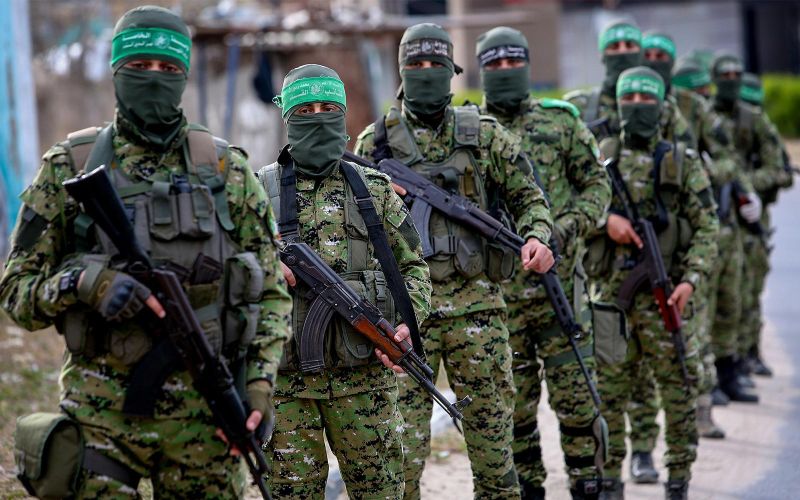
But There Are Also Difficulties in the Israeli Camp.
For example addressing
Israel Katz in the Knesset Foreign Affairs and Defense Committee, Opposition
Leader Yair Lapid claims that the defense minister’s proposed ultra-Orthodox
enlistment plan would turn him into a symbol of “insubordination and evasion.”
“You could have been
the architect of the reconstruction of Israeli security, and instead you are
condemning yourself here, for the second week in a row, to be the minister of
evasion and refusal,” Lapid tells Katz. “What you have presented here is not a
conscription law. What you have presented here is a fraud.”
“What you have
presented here says one thing in many words: no Haredi will enlist. Our
children will continue to die, the families of the reservists will continue to
collapse, and no Haredi will enlist. A plan that is spread over seven years is
a fraud. A plan in which no one understands the enforcement mechanism is a
fraud. A plan whose goal is the conscription of only 50 percent of young Haredi
men is a fraud. I have two boys, I don’t remember them telling us that only one
of them had to enlist,” he says.
Katz’s proposal
legitimizes “mass refusal” to serve, Lapid says, as it does not provide for the
“real sanctions, criminal and economic,” that he says the army called for
applying to draft dodgers.
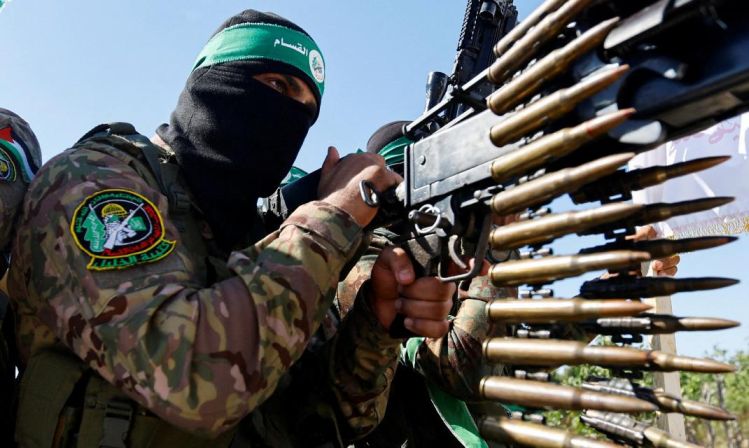
Following up on the
earlier agreement Hamas says 4 female hostages to be released on Saturday in
exchange for prisoners Mossad, Shin Bet chiefs said to have visited Cario for
further ceasefire talks * IDF says displaced can return to northern Gaza next week
if Hamas upholds ceasefire.

Hamas is set to
release the more than 90 hostages over the coming weeks as part of a complex
ceasefire deal reached with Israel this month that could end the 15-month war
in Gaza.
The militant group
said in a statement that the next group of hostages would next be released on
Saturday in exchange for Palestinian prisoners and detainees who are held by
Israel.

For updates click hompage here